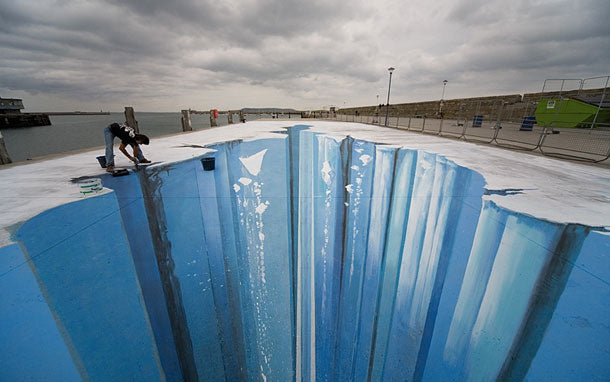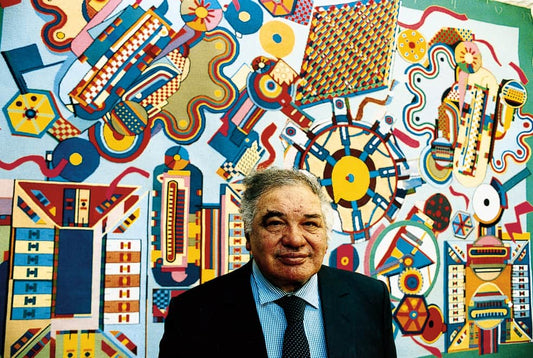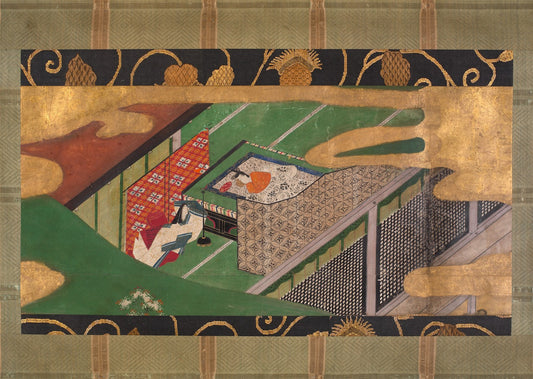Feature image: Edgar Mueller street art via deMilked
Chalk Art: Anamorphic History
Chalk art is a form of street painting that breathes life into the mundane, transforming two-dimensional surfaces like sidewalks and pavements into vibrant illusionary masterpieces. Chalk art transcends ordinary pavement to limitless possibilities of creativity. Chalk as a material allows the artist to control the vibrancy of their palette while keeping a smooth application on textured pavements and sidewalks. Most anamorphic art is done with tempera paint, a kind of liquid chalk that still holds its transient, temporary charm but is more durable to allow people to pose and interact with the piece without compromising its quality.

While 3D Chalk art is widely considered part of the contemporary street art scene, it is one of the oldest mediums used today, whether in the caves of our ancestors or the canvases of the Old Masters. The first recorded instance of chalk art is from paleolithic cave drawings, which are the first recorded examples of humans channeling their curiosity and creativity into visuals. However, artists in the Renaissance used chalk on their canvasses to experiment with chiaroscuro. French artist Jean Clouet is credited with developing the first chalk graphic art as the King’s premier court painter or the Premier Peintre du Roi.
Anamorphic art captures the same temporary footsteps we leave on its canvas, the sidewalks turning into spaces to stop and appreciate beauty instead of moving from place to place.
The transient nature of this street art also means festival-goers will be the few to view these pieces in person. This adds a deeper meaning of appreciating the effort and skill involved in creating these artworks. Chalk art’s impermanence only adds to its charm as the illusions they create on the ground wear away from weather and foot traffic.
These avant-garde anamorphics take advantage of distorted projections that require you to look at a piece from a specific spot to see it. Anamorphic art will never immerse you in the piece. Instead, it breaks your depth perception by appearing different from the ground it rests on. The distortion is often extreme and looks stretched across the pavement when viewed from the wrong angles. Artists manipulate the image so the work is coherent from one spot. However, these artists meticulously calculate these distortions so the full depth of the piece can be viewed from a fixed point.
Walking down the streets of anamorphism opens your mind to the endless possibilities of mind-bending creations. The way viewers interact with these works is essential to the anamorphic experience. Viewers are encouraged to actively engage with anamorphic chalk art by finding the correct vantage point to appreciate the work’s full beauty, so don’t be shy! Oftentimes, artists will include footprints for viewers to stand on to take pictures with their work. This way, you can leave the festival with a unique artwork. Immersion within the world of anamorphic art resides in the images you take with the piece, not just the pieces themselves!
©ArtRKL™️ LLC 2021-2024. All rights reserved. This material may not be published, broadcast, rewritten or redistributed. ArtRKL™️ and its underscore design indicate trademarks of ArtRKL™️ LLC and its subsidiaries.








